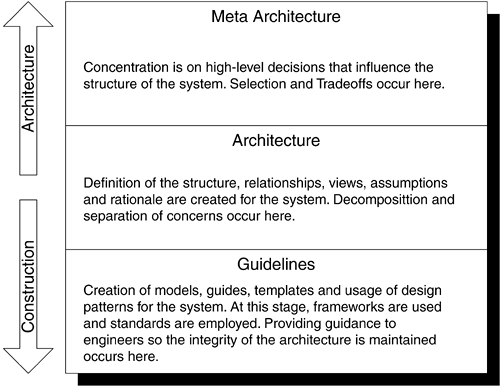Why Enterprise Architecture?
| A wise enterprise architect once worked for a very well-respected organization (name intentionally withheld). He was passionately engaged in a conversation with a senior executive about what direction the organization should take with its information systems. His recommendations fell on deaf ears until he asked the executive three very simple questions:
As you can surmise, the answers to these questions were not known. Many executives in information technology are not knowledgeable about what it takes to guide the architecture in the direction that results in the biggest bang for the buck. Sadly, many executives have lost control of the ship they steer, which has resulted in bloated infrastructures and conclusions being made on whims rather than on sound principle-based judgment and experience. In many organizations, the annual budget cycle starts with clueless, disruptive questions such as "How many servers do we have?" or "Let's get the new Intel 3333 GHz machines as desktops." None of these statements is appropriate for a discussion about enterprise architecture. A good architecture addresses the following:
Many organizations will claim to have an architect who creates architecture. Others will attempt to buy a nicely packaged architecture from one of the Big Five consulting firms without having a clue as to what they are getting. If your architecture does not address the following principles, you may be doing more harm than good:
|
EAN: 2147483647
Pages: 148
